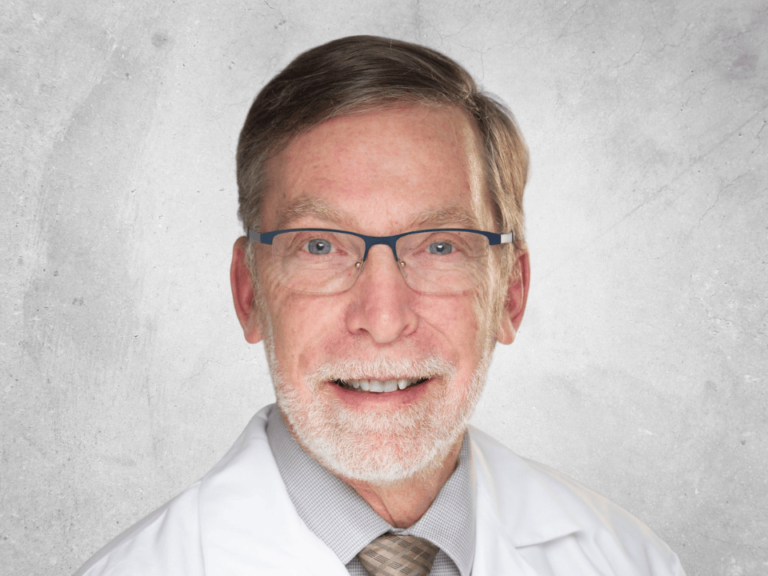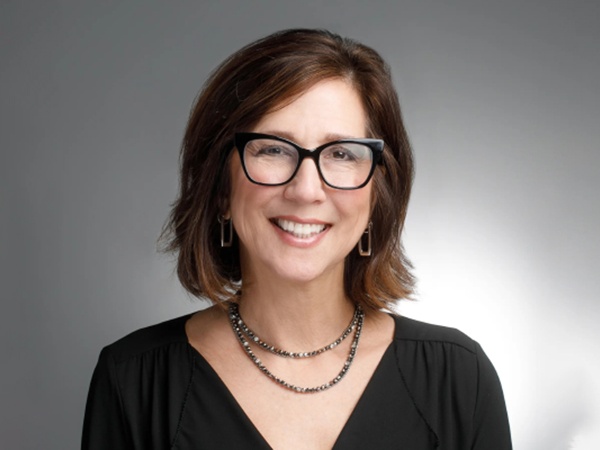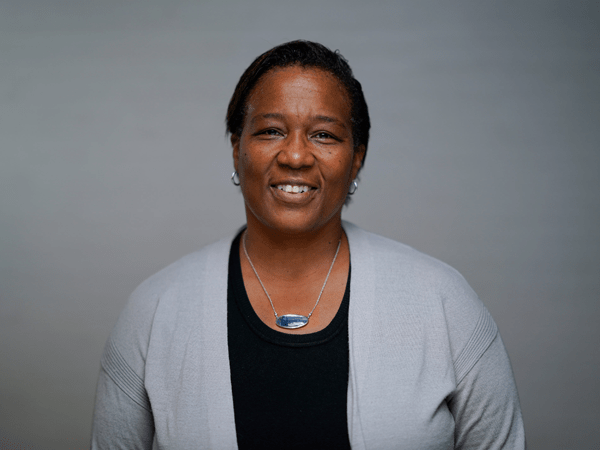Mace Rothenberg has stayed busy since stepping down as Pfizer’s chief medical officer in 2021 by pivoting to an ambitious endeavor in science communication: the Museum of Medicine and Biomedical Discovery.


Source: AI-generated renderings by the Museum of Medicine and Biomedical Discovery.
Rothenberg and colleagues gathered dozens of key players in medicine and biomedical research on Sept. 17 at the Cosmos Club in Washington, DC, to gain support for the still-in-concept museum, which aims to provide visitors with interactive, personal accounts of biomedical breakthroughs and halt Americans’ growing mistrust of science (The Cancer Letter, Aug. 9, 2024).
“We as researchers and scientists and physicians are very good at conducting research, at training the next generation of scientists, presenting and publishing results, and obtaining peer-reviewed funding,” Rothenberg, president and executive director of the museum, said in his keynote at the event.
“What we’re not good at is explaining what we do to the public and why it matters,” he said.
The Museum of Medicine and Biomedical Discovery would not be about artifacts. Instead, it will present life-like examples of researchers’ excitement to push back on stereotypical views of people in science and medicine.
“The public’s perception of what laboratory research is, is that somebody in a white coat looks into a microscope for hours on end—boring as can be,” Rothenberg said. At this museum, “they’ll see something very different.”
For instance, holographic avatars of Frederick Banting and Charles Best would depict the discovery of insulin. “Visitors will see two collaborators looking at data that’s just been generated, and they’re very excited,” Rothenberg said. “But after a few seconds, they’ll take that data and they’ll turn towards the visitors, and they’ll show them the data and explain why they’re so excited—that when they removed and extract the pancreas from one dog and inject it into another dog whose pancreas had been removed, that dog’s high blood sugar was normalized.”
The people we need to reach the most are the people who are the most skeptical.
Mace Rothenberg
Another multimedia exhibit would focus on biomedical engineering, both the research application side by showing advances in laboratory technology, and the medical application side, such as by presenting a video of a girl with a bionic arm and how the prosthetic works. There would also be a series of kiosks for common maladies to explain everyday aches and pains, and how medicines treat and prevent them.
Additionally, Rothenberg envisions an area playing videos of a diverse range of real people in science and medicine talking about their experiences to inspire the next generation. And if a visitor is interested in pursuing a particular career, for instance, they can share their contact information with the museum, and staff will follow up with resources.
Where the museum will be built remains an open question. Rothenberg hopes to have an answer within the next year, but that will be contingent on grassroots, local government, and philanthropic support. The estimated cost of the museum is $25 million to $150 million, depending on location, whether or not a new building is needed, and size of the museum, he said.
One possible complication in reaching that funding goal, however, is the decision to not seek funding from the pharmaceutical industry.
“The people we need to reach the most are the people who are the most skeptical, and if they saw that this museum was made possible by a generous grant of—fill in the name of your favorite pharma company here—it would lose credibility with the very people it needs to reach,” Rothenberg said.
Several event attendees pushed back on that notion, noting pharmaceutical companies’ critical role in medicine.
“Even Banting and Best could not have translated their discoveries into a meaningful adaptation for the benefit of the patients who ultimately needed it,” one attendee said during the Q&A session. “And so, it required a pharmaceutical company to actually turn it into a reality.”
The museum could provide an opportunity to reduce the public’s negative feelings toward the pharmaceutical industry, by gently presenting its responsibilities and contributions, said Samir Khleif, one of the event co-hosts and founder and CEO of Georgiamune Inc. Khleif is also Biomedical Scholar Professor and the director of the Center for Advanced Immunotherapy Research at Georgetown University.
Regardless of where one stands in their views of medicine, Rothenberg hopes to draw them into the museum with the promise of storytelling and a good mystery. After all, plenty of twists, turns, challenges, and dead ends occur before reaching each medical discovery, he said.
“It’s as good as the game-winning three-point shot at the buzzer—it’s just not seen by millions of people on TV. It’s happening late at night in someone’s office or laboratory,” Rothenberg said to The Cancer Letter. “But it’s something that has had even a greater effect because of the impact it has on our lives.”
Rothenberg said he aims to open the Museum of Medicine and Biomedical Discovery in the next two to five years.










